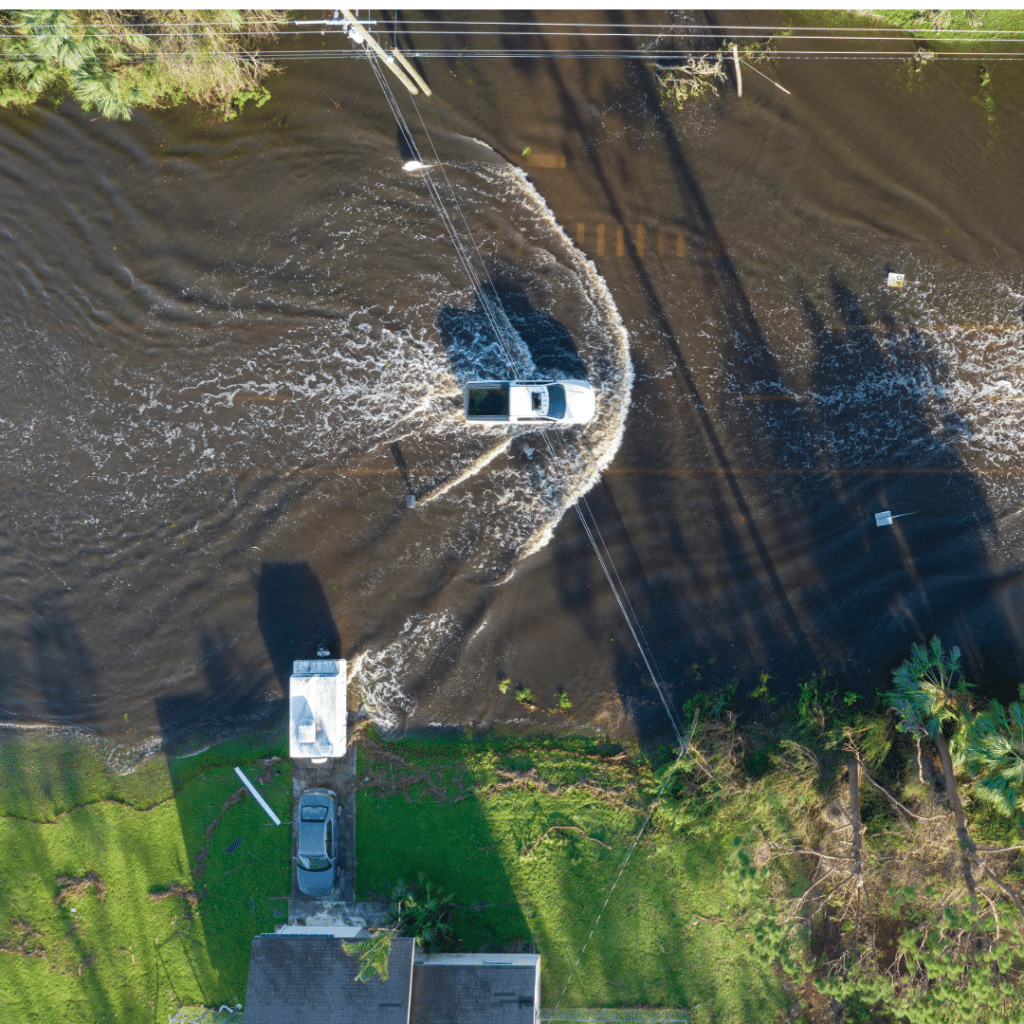This spring’s annual prediction of storm activity was released in May by the National Oceanic and Atmospheric Administration. It should have people throughout Florida preparing for a busy hurricane season. NOAA predicts 2024 to be one of the most active storm seasons on record.
NOAA forecasters predict as many as 25 named storms forming in the Atlantic. They predict as many as 13 intensifying into hurricanes. As if that was not enough reason for Florida residents to start preparing for the storms to come, NOAA predicts as many as seven category 3,4, or 5 hurricanes packing winds of 111 mph or higher.
Florida comes off a 2023 season with only one named hurricane, Hurricane Idalia, making landfall with 125 mph winds. The Sunshine State may not be as fortunate in 2024 if NOAA’s forecasters turn out to be correct. Therefore, you need to start now to prepare for the storms that may be coming.
The experienced Tampa personal injury attorneys at KFB Law have seen the best and the worst weather that living in coastal areas can offer. This guide will help you prepare for the 2024 Atlantic hurricane season. This season started on June 1 and will last through November 30. It includes tips for preparing your home and car for the storms and hurricanes that may visit Florida this year.
Know the terms used by weather forecasters
NOAA calls it the “Atlantic hurricane season”. But, hurricanes are not the only storms with the potential for damaging winds and flooding. Here are terms you may hear used by weather forecasters during hurricane season in Tampa:
- Tropical Disturbance: A weather system with a diameter measuring 100 to 300 miles. This originates in the tropics or subtropics of the Atlantic.
- Tropical Cyclone: An organized and rotating cloud and thunderstorm system with a closed, low-level circulation. This originates in the tropical or subtropical waters of the Atlantic with a counterclockwise rotation.
- Tropical Depression: A tropical cyclone generating no more than 38 mph winds.
- Tropical Storm: A tropical cyclone generating 39 to 73 mph winds.
- Hurricane: A tropical cyclone with at least 74 mph or greater winds.
- Major Hurricane: A tropical cyclone with winds of 111 mph or greater.
The Saffir-Simpson Hurricane Wind Scale was developed to identify the potential property damage and loss of life produced by the winds of a hurricane. It’s important to note that the scale does not account for damage and deaths caused by rainfall, flooding, storm surge, and tornadoes.
The Saffir-Simpson Hurricane Wind Scale ranks hurricanes in five categories as follows:
- Category 1: Sustained winds of 74 to 95 mph. Category 1 hurricanes are very dangerous, with the potential to produce some property damage.
- Category 2: Sustained winds of 96 to 110 mph. Category 2 hurricanes are extremely dangerous, with the potential for extensive property damage.
- Category 3: Sustained winds of 111 to 129 mph. Category 3 hurricanes will cause devastating property damage.
- Category 4: Sustained winds of 130 to 156 mph. Category 4 hurricanes can cause catastrophic property damage.
- Category 5: Sustained winds of 157 mph or greater: Category 5 hurricanes cause catastrophic property damage. The damage to homes is even more significant than the damage produced by category 4 storms.
Category 3, 4, and 5 hurricanes are designated major hurricanes by the National Hurricane Center of NOAA.
The age of a home or building can be a factor in determining its ability to withstand the winds produced by a hurricane. A house built in the 2000s benefits from local building codes requiring materials and building techniques designed to better withstand the also high winds of a hurricane.
Be prepared ahead of a storm
The best time to prepare for hurricane season is before it officially begins. For anyone living in Florida, hurricane season starts on June 1 and continues through November 30. Getting an early start on storm preparedness lets you avoid the empty shelves created by the rush of last-minute shoppers stocking up on supplies days or hours before a storm hits.
Hurricane preparedness starts by assessing the greatest threats to your family and home. High-velocity winds are not the only threats, depending on where you live. Threats posing a risk of damage to property and harm to you and your family include:
- Storm surge: Swirling winds accompanying hurricanes, tropical storms, tropical depressions, and other weather disturbances may raise water levels along coastal areas.
- Flooding: Storms may bring large amounts of rain that cause flooding. Floodwaters can contain high levels of bacteria and harmful chemicals and bring snakes, alligators, and other dangerous wildlife to populated areas.
- Tornadoes: Tropical storms and hurricanes can create conditions conducive to the formation of tornadoes.
- Rip currents and rough seas: Coastal areas far removed from the path of a hurricane or storm activity may experience surf conditions that are dangerous to anyone entering the water.
If you are in an area prone to flooding, you may need sandbags to stem the flow of floodwaters into your home. Depending upon the level of risk from flooding, you may need to evacuate to a safe location.
Hurricane safety plan
Now that you know the risks confronting you when a hurricane strikes, you need a safety plan. Safety plans should include what to do before, during, and after a storm blows through.
The before plan should include the steps needed for protection from winds and flooding, including:
- Stock up on supplies: Be prepared for the loss of water, electricity, gas, and internet services with flashlights, non-perishable food, water, and medications to last for at least several days. A loss of power means that ATMs will not be available. Have extra cash available in case banks are closed and ATMs are not available after a storm. Portable, solar-powered battery chargers can keep your cell phones and other devices working.
- Sheltering in place: Designate an interior, windowless room on the ground floor for you and your family to shelter during a storm. Do not shelter in a location where flooding is likely to occur.
- Evacuation plan: If you must evacuate your home to be safe during a storm, know in advance where you will go. Understand the safest routes to get there. Notify local disaster authorities in advance of a storm if you require assistance evacuating to a shelter.
Stay away from windows and glass doors during a storm and remain indoors. If you must leave your home, avoid walking or driving through flooded areas. It can be difficult to judge the depth of water covering a roadway. Your vehicle can submerge or get swept away.
Remain in your home or wherever you sought shelter until local emergency officials declare the area safe. The storm may pass, but downed power lines and other hazards can remain. It’s best to stay in place until it’s safe to go outside.
Tampa personal injury attorneys are here to help
Stay safe during hurricane season. The Tampa personal injury attorneys at KFB Law will be there to assist you with storm-related car accidents and other personal injury claims. Contact KFB Law when you need a Tampa personal injury lawyer.



